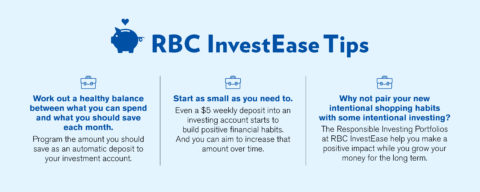Bye, bye retail therapy
There’s a reason “retail therapy” is such a popular expression. There’s something really thrilling about effortlessly tapping your bank card at the cash or clicking “confirm order” and receiving a trove of fashion-forward treasures in return. The downfall? That euphoric feeling goes away pretty quickly.
“We all know that the feeling you get from shopping hardly lasts; it’s mostly the anticipation that we crave,” says Jessica Moorhouse, an award-winning money expert and accredited financial counsellor. “That excitement dissipates quickly and then you’re stuck chasing that feeling over and over again.”
With savings just a tap or click away, emotional spending takes dangerously little to no effort. More than just a buzzword, intentional shopping is straying from these impulse buys and taking a more mindful approach. With guidance from Moorhouse, here’s what that may look like and how you can start today.
Figure out your “why”
Like most compulsions, there’s usually a deeper reason behind feeling a constant need to shop. In order to get out of the cycle of spending, it’s important to first dig deep into your relationship with money.
“Usually, there’s an emotional void you’re trying to fill,” says Moorhouse. “You know there’s a problem, but you can’t figure out how to stop. That’s where self-reflection and seeking help come in.”
Be armed with four questions
To keep your shopping in check, it’s important to have financial goals. Before every purchase, ask yourself if it’s helping or hindering you from reaching them. When you’re waiting in that checkout line or ready to hit “confirm order,” ask yourself these questions first:
- What am I feeling right now?
- Is this article of clothing a need or want?
- Is this helping me achieve my goals?
- Does this align with my values?
Keep track of your spending
Budget, budget, budget. Use a spreadsheet or your bank’s mobile app to keep track of how much you have coming in and going out. Moorhouse recommends creating a secondary bank account where a small percentage of your income is deposited every month for shopping. Then you can plan your clothing hauls in advance and build anticipation while still following a budget—taking guilt and shame out of the equation.

Don’t go out without a list
Casual mall crawls can be dangerous. Avoid the temptation by going armed with a list of items you actually need. You can even make it fun by creating an outfit mood board on Pinterest.
Expert tip: Unless you’ve had your eye on a pricey pair of shoes and it’s discounted half off, avoid making purchases during sales events: you usually don’t need anything from them and the deals aren’t that great.
Invest in higher-quality investment pieces
For a more adaptable and long-lasting wardrobe, purchase higher-quality pieces. It may sting in the moment, but it’s important to think of them as long-term investments. That $30 pair of jeans may be tempting, but there’s a pretty good chance they may tear or the dye may bleed after one season—when that $200 pair of jeans may last years. While fashion’s also all about self-expression, it’s vital to not solely buy statement pieces. Versatile basics are key to mixing and matching different looks. There’s a reason so many people have a closet full of clothes but still nothing to wear.
